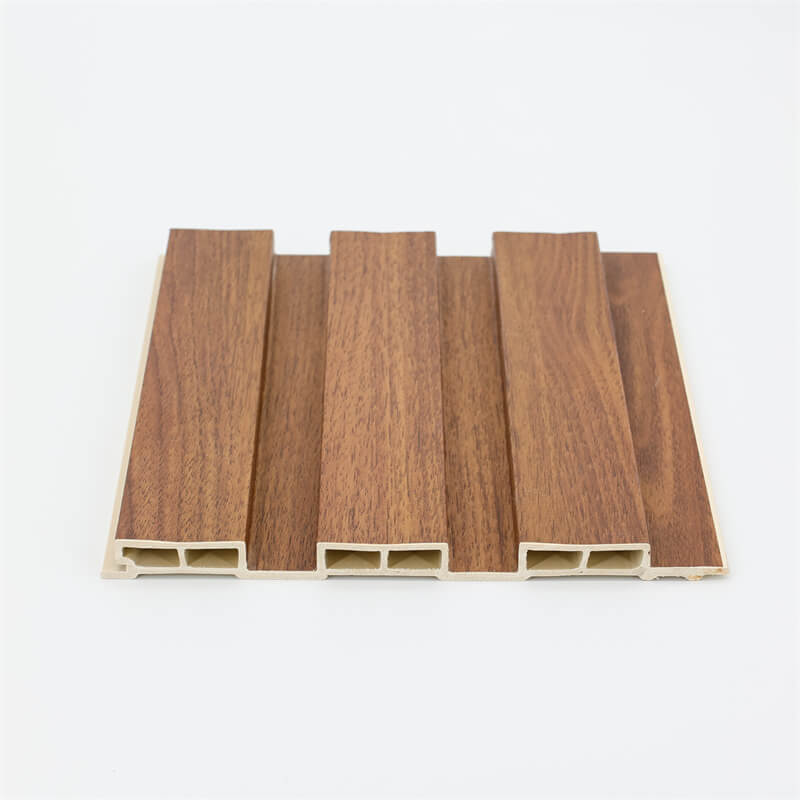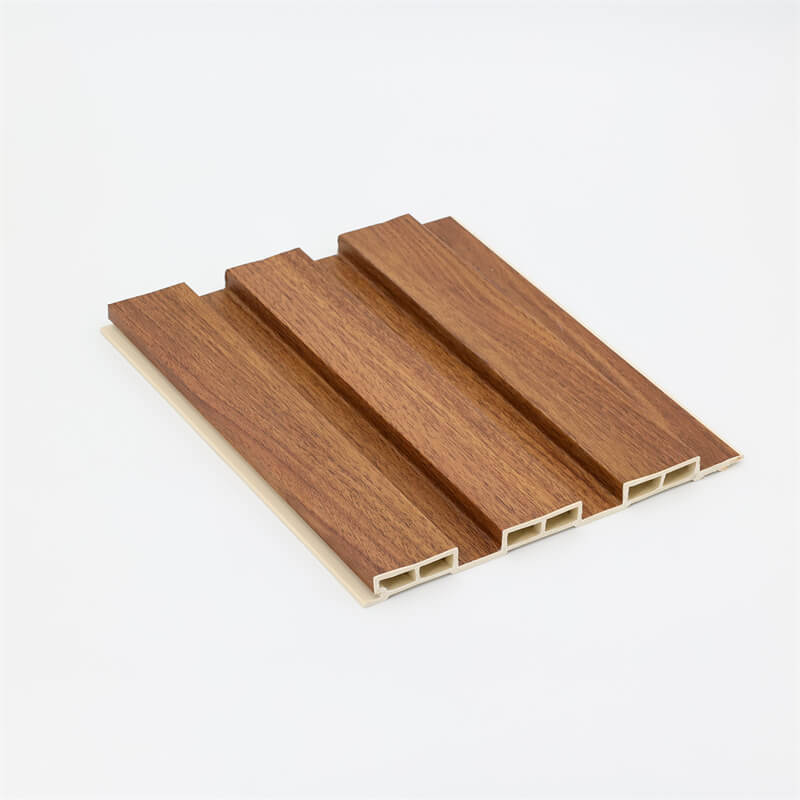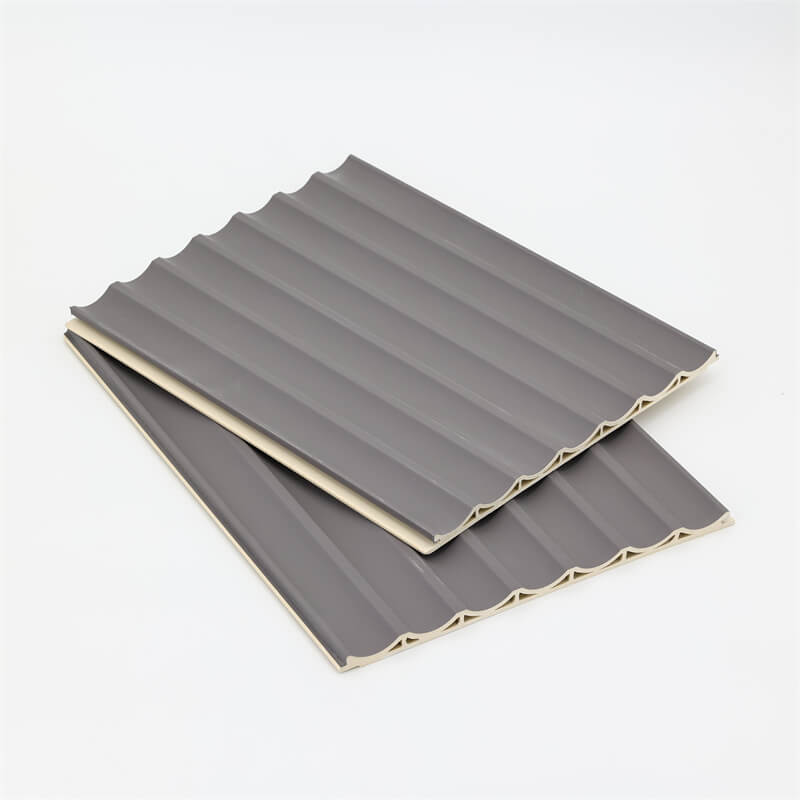
WPC (Wood Plastic Composite) wall panels have gained immense popularity in the world of interior design and construction due to their durability, versatility, and aesthetic appeal.
Whether you’re considering renovating your home or embarking on a new construction project, WPC wall panels offer a wide range of benefits that make them an excellent choice for enhancing the look and functionality of any space.
In this comprehensive guide, we will explore everything you need to know about WPC wall panels, including their composition, installation process, maintenance requirements, and design options.
I. Understanding WPC Wall Panels:
WPC wall panels are made from a combination of wood fibers and thermoplastics, typically polyvinyl chloride (PVC).
This unique blend results in a material that possesses the natural beauty of wood and the durability of plastic, making it an ideal alternative to traditional wall paneling options.
The wood fibers used in WPC panels are often sourced from recycled materials, making them an environmentally friendly choice.
These panels offer several advantages over conventional wall materials.
Firstly, WPC wall panels are highly resistant to moisture, mold, and mildew, making them perfect for areas prone to dampness such as bathrooms and basements.
Additionally, their composition makes them highly durable, ensuring they can withstand impacts and regular wear and tear.
WPC panels are also resistant to fading, staining, and scratching, maintaining their appearance for an extended period.

II. Installation Process:
Installing WPC wall panels is a straightforward process that can be accomplished with basic tools and some DIY skills.
Here’s a step-by-step guide to help you with the installation:
Preparation: Begin by measuring the area where you intend to install the WPC wall panels.
Take accurate measurements to determine the number of panels required.
Ensure the wall surface is clean, smooth, and free from any debris.
Cutting the panels: Use a saw or a specialized cutting tool to cut the WPC panels to the desired dimensions.
Take care to make precise cuts for a seamless finish.
Applying adhesive: Apply a high-quality adhesive on the backside of the panel, ensuring even coverage.
It is recommended to use an adhesive specifically designed for WPC panels.
Attaching the panels: Press the adhesive-coated side of the panel firmly against the wall surface.
Use a level to ensure the panel is straight and aligned with the adjacent panels.
Repeat the process for the remaining panels, leaving a small gap between each panel for expansion.
Finishing touches: Once all the panels are installed, trim any excess material and clean the surface to remove any adhesive residue.
You may also consider applying a sealant to enhance the durability and waterproofing properties of the panels.
III. Maintenance and Care:
One of the key advantages of WPC wall panels is their low maintenance requirements.
Follow these tips to keep your WPC panels looking their best:
Regular cleaning: Wipe the panels with a soft cloth or sponge and a mild detergent solution to remove any dust, dirt, or stains.
Avoid using abrasive cleaners or harsh chemicals, as they can damage the panel’s surface.
Preventive measures: Place doormats or rugs near entrances to minimize the transfer of dirt and debris onto the panels.
Promptly clean up any spills or stains to prevent them from setting in.
Avoid excessive heat: While WPC panels are heat resistant to a certain extent, it is advisable to keep them away from direct heat sources, such as stovetops or fireplaces, as prolonged exposure can cause damage.
Regular inspections: Periodically check the panels for any signs of damage, such as cracks or warping.
Address any issues promptly to prevent further deterioration.

IV. Design Options and Customization:
WPC wall panels offer a wide range of design options, allowing you to customize your space according to your preferences and style.
Here are a few design considerations to keep in mind:
Colors and finishes: WPC panels are available in various colors and finishes, ranging from natural wood tones to contemporary hues.
Choose a color that complements your overall interior scheme and personal taste.
Textures and patterns: WPC panels can mimic the texture and patterns of natural wood, stone, or other materials.
Consider selecting a panel design that adds visual interest and texture to your space.
Panel sizes and shapes: WPC panels come in different sizes and shapes, offering flexibility in design.
Experiment with different panel arrangements, such as horizontal, vertical, or diagonal installations, to create unique visual effects.
Integration with other materials: WPC panels can be combined with other materials like glass, metal, or decorative elements to create captivating accent walls or focal points in your interior design.
WPC wall panels provide a practical and aesthetically pleasing solution for enhancing the appearance and functionality of any space.
With their unique composition, ease of installation, low maintenance requirements, and extensive design options, WPC panels offer a superior alternative to traditional wall materials.
Whether you’re looking to renovate your home or revamp a commercial space, consider incorporating WPC wall panels for a durable, eco-friendly, and visually appealing interior solution.
